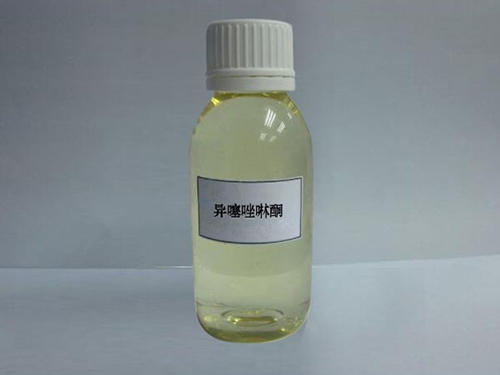phosphorothioate
Understanding Phosphorothioates A Comprehensive Overview
Phosphorothioates are a class of chemical compounds that have garnered significant attention in the fields of biochemistry, molecular biology, and drug development. These compounds are characterized by the substitution of a sulfur atom for one of the non-bridging oxygen atoms in the phosphate group of nucleic acids. This unique modification imparts several distinct properties to phosphorothioates, making them valuable tools for a variety of applications, particularly in the realm of oligonucleotide therapeutics.
Chemical Structure and Properties
The general structure of phosphorothioates is similar to that of regular phosphates, with the key difference being the presence of a sulfur atom. This structural modification enhances the stability of oligonucleotides against degradation by nucleases, enzymes that typically break down nucleic acids. The incorporation of phosphorothioate linkages increases the resistance of these molecules to biological degradation, allowing for longer circulation times within living organisms. As a result, phosphorothioates have become an essential component in the design of antisense oligonucleotides, RNA interference (RNAi) therapeutics, and other nucleic acid-based drugs.
Applications in Drug Development
One of the most prominent applications of phosphorothioates is in the development of antisense oligonucleotides, which are strands of DNA or RNA designed to bind to specific mRNA molecules. By binding to their target mRNA, these oligonucleotides can inhibit the expression of harmful proteins associated with various diseases, including cancer and genetic disorders. The enhanced stability conferred by phosphorothioate modifications allows these agents to remain active for extended periods, thereby improving their therapeutic efficacy.
Furthermore, phosphorothioate modifications have been utilized in the field of RNAi, a natural cellular process that mediates the degradation of target mRNA. Small interfering RNAs (siRNAs) and short hairpin RNAs (shRNAs) integrated with phosphorothioate linkages exhibit increased resistance to degradation, making them more effective in silencing genes implicated in disease pathology. This has opened new avenues in the treatment of viral infections, cancers, and other conditions where gene expression plays a pivotal role.
phosphorothioate

Advantages and Limitations
The incorporation of phosphorothioates into oligonucleotide therapeutics offers several advantages, including increased nuclease resistance, enhanced cellular uptake, and prolonged half-life in circulation. These properties are paramount for the development of effective nucleic acid-based therapies, especially in the context of complex diseases that require precise modulation of gene expression.
However, the use of phosphorothioates is not without limitations. One notable drawback is the potential for off-target effects, which can arise due to the high binding affinity of phosphorothioate-modified oligonucleotides for unintended RNA targets. This necessitates careful design and optimization to mitigate the risk of unintended interactions and ensure specificity toward desired targets.
Additionally, the synthesis of phosphorothioate oligonucleotides can be more complex and costly than their unmodified counterparts. The presence of sulfur can also impact the overall physicochemical properties of the molecules, making it essential to consider these factors during the design process.
Future Perspectives
As the field of RNA-based therapeutics evolves, the role of phosphorothioates is expected to expand. Advances in delivery systems, such as nanoparticles and lipid-based carriers, can further enhance the therapeutic potential of phosphorothioate-modified oligonucleotides by improving their biodistribution and targeting capabilities. Moreover, ongoing research into the mechanistic understanding of phosphorothioates will provide insights into how to optimize their design for specific applications.
In conclusion, phosphorothioates represent a significant advancement in the field of nucleic acid chemistry, offering enhanced stability and therapeutic efficacy for oligonucleotide-based drugs. As researchers continue to explore their potential, phosphorothioates are likely to play an increasingly important role in the development of novel therapeutics for a wide range of diseases. Their unique properties position them at the forefront of innovative treatment strategies, promising a new era in precision medicine.
-
Water Treatment with Flocculant Water TreatmentNewsJun.12,2025
-
Polymaleic AnhydrideNewsJun.12,2025
-
Polyaspartic AcidNewsJun.12,2025
-
Enhance Industrial Processes with IsothiazolinonesNewsJun.12,2025
-
Enhance Industrial Processes with PBTCA SolutionsNewsJun.12,2025
-
Dodecyldimethylbenzylammonium Chloride SolutionsNewsJun.12,2025





